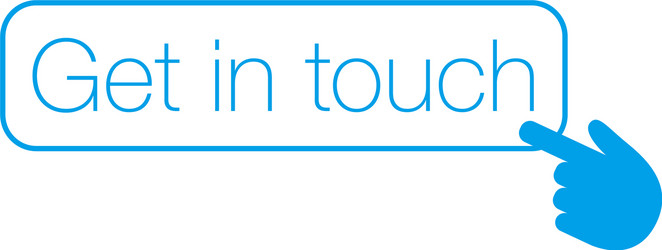Product lifecycle

The development of ERTRIAGE began with a fundamental mission: to bring fast, intelligent, and reliable triage support to emergency departments, mobile clinics, and humanitarian deployments around the world.
Our approach combined in-house AI clinical knowledge (Predicting ICU survival: A meta-level approach, L. G Gortzis et al. BMC Health Services Research 2008, 8:157) clinical insight, technological rigor, and a commitment to safety, privacy, and adaptability. Below, we share the full lifecycle of how we built ERTRIAGE—from concept to continuous innovation.
1. Identifying the Problem
We started by listening—to physicians, triage nurses, hospital administrators, and paramedics. What we heard was clear: emergency triage is critical, but often inconsistent, time-consuming, and prone to error—especially under stress or in under-resourced settings.
Our goal became sharply defined: to create a tool that could support clinicians in real time, improve triage accuracy, and be deployable on-site—regardless of internet connectivity.
2. Clinical Collaboration and Data Gathering
With input from emergency medical professionals, we assembled a diverse and representative dataset consisting of:
- Triage assessments based on the Emergency Severity Index (ESI)
- Vital signs, presenting symptoms, and outcome data
- Annotated clinical notes and structured EHR data
Every data point was de-identified according to GDPR and HIPAA standards, ensuring both patient privacy and ethical model training.
3. Model Design and Development
Our data science team began iterative prototyping of machine learning models using a hybrid architecture:
- On-device AI powered by TensorFlow Lite, designed for local inference
- Cloud-based AI models, optimized for multi-site performance monitoring and centralized analytics
We tested various algorithms including decision trees, logistic regression, and neural networks. Ultimately, we deployed an ensemble model optimized for low-latency triage decision-making on mobile-grade processors.
4. Model Validation and Clinical Simulation
After internal validation (achieving >97% accuracy against historical triage classifications), we ran ERTRIAGE through simulated clinical scenarios in collaboration with hospital partners.
These simulations allowed us to measure:
- Triage decision latency (avg. < 170s)
- Agreement rate with expert clinical staff
- Detection of under-triaged and over-triaged cases
- User experience feedback from frontline clinicians
The results confirmed that ERTRIAGE could match—and in some cases exceed—manual triage in both speed and reliability.
5. Engineering the Platform
ERTRIAGE was developed as a native Android application for flexibility and performance. Key technical decisions included:
- Full support for local processing on ARM-based Android tablets and POI stations
- Optional cloud synchronization for large-scale health systems
- Secure FHIR-compatible APIs for integration with hospital systems
- A touchscreen-optimized user interface designed with input from triage nurses
We also embedded an alerting system to escalate potential high-risk cases directly to supervisory staff, ensuring immediate intervention when necessary.
6. Deployment and Training
Our deployment strategy is modular and scalable:
- Single-device standalone mode for ambulances, mobile units, or field hospitals
- Multi-device synchronized deployment for hospitals with central cloud oversight
- Edge-cloud hybrid configurations for regional health systems with varied connectivity
We provided hands-on training for each clinical team, complemented by in-app tutorials and a support portal for ongoing education and updates.
7. Post-Launch Monitoring and Continuous Learning
ERTRIAGE doesn’t stop evolving. Every deployment feeds back anonymized performance data—enabling us to:
- Monitor real-time accuracy and model drift
- Add new symptom pathways and severity classifications
- Customize protocols per region or specialty
- Improve user experience through direct feedback
We’ve built an agile model update pipeline, allowing us to release validated improvements without disrupting frontline operations.

ERTRIAGE AI system
Final Thoughts
ERTRIAGE is more than a product. It’s a platform, a tool, and a partner to the clinicians who serve on the frontlines of care. By combining AI, modern UX, secure engineering, and clinical wisdom, we’ve created a system that helps emergency teams focus on what matters most: the patient.
We believe this is the future of emergency triage—and we’re proud to have pioneered it.
